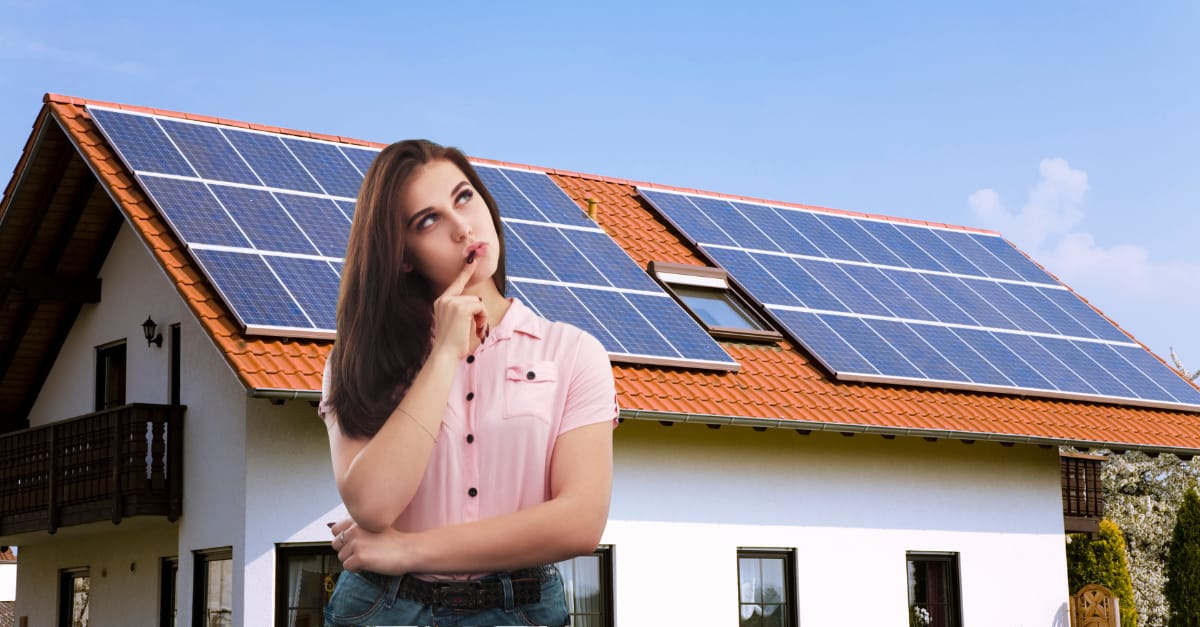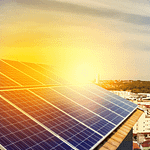Who Can Remove My Solar Panels from the Roof? The Legal, Technical, and Safety Concerns of Solar Panel Removal
When it comes to solar panel removal, the question “Who can remove my solar panels from the roof?” is one that many homeowners ask, especially when undergoing roof repairs or replacements. While DIY may seem tempting, removing solar panels requires technical expertise, adherence to legal regulations, and a thorough understanding of electrical systems. Attempting this without the right knowledge or certifications can result in equipment damage, safety hazards, and costly legal issues. In this guide, we will break down the legal requirements, technical complexities, and risks associated with solar panel removal. (click for quote)
Legal Requirements for Solar Panel Removal
One of the first considerations when removing solar panels is the legal framework that governs such work. In many regions, including Florida, this type of job must be performed by licensed professionals. The two primary licenses required include:
– Solar Contractor License (CVC)
– Electrical Contractor License (EC)
These licenses ensure that the individual or company performing the work has the required training and certifications to safely handle the disconnection of solar panels from both the home and the grid. Attempting to remove the panels yourself, without the appropriate licenses, can lead to fines, legal liability, and voiding of warranties (both from the installer and the manufacturer).
Another critical legal aspect is the requirement for permits. Local building codes often require a permit for the removal and reinstallation of solar systems, as the work impacts the home’s electrical grid. Additionally, inspections may be required to ensure the safety and compliance of the work performed.
Technical Aspects of Solar Panel Removal
Solar panel systems are complex electrical installations connected directly to both the home’s electrical panel and the grid. Understanding these connections and how to safely manage them is key to a successful and safe removal process.
Disconnecting the Grid and Main Electrical Panel:
– Solar panels must be carefully disconnected from the main electrical panel to avoid short circuits or electric shocks. This task involves isolating the inverter, which converts solar energy into electricity for the home.
– Professionals also ensure that the system is safely shut down from the grid connection. Attempting to do this without proper experience could not only lead to dangerous conditions but also violate utility regulations.
Grid-Tied and Off-Grid Systems:
– For grid-tied systems, there are utility-specific protocols that need to be followed to avoid penalties and ensure reconnection after reinstallation. Removing solar panels without following these protocols could disconnect you from the net metering program, resulting in financial losses.
– Off-grid systems also require specialized knowledge, as they often involve battery storage units that are integrated with the solar array
Risks of DIY Solar Panel Removal
The risks of DIY solar panel removal are significant, and they fall into several categories: electrical hazards, property damage, and voided warranties.
Electrical Hazards:
– Even when panels are not feeding power into the grid, they continue to generate electricity. Mishandling the equipment can lead to severe electric shocks or even fires.
– A key concern is the risk of electric arcs, which can form when high-voltage solar wiring is improperly handled. These arcs can be highly dangerous and even fatal.
Injury and Property Damage:
– Solar panel systems are often installed on high rooftops, where the risk of falling is ever-present. Without the proper safety gear and training, DIY removal can lead to personal injury.
– Beyond safety, improper removal can damage the panels themselves or compromise the integrity of your roof. This could result in costly roof repairs or the need to replace panels.
Importance of Permits and Inspections
Whenever solar panels are removed, permits are typically required. These permits ensure that the system is being safely disconnected and later reinstalled according to local codes. Without a permit, the work may be deemed illegal, resulting in fines, delays in any future projects, or complications with utility companies.
Permits often require inspections at various stages of the removal and reinstallation process. Inspectors verify that the system is safe, properly disconnected from the electrical panel, and meets all safety regulations. They also confirm that the equipment remains in good condition and that no damage occurred during the removal process.
Preserving Your Investment in Solar Panels
Your solar system represents a significant financial investment, and protecting it should be a priority. Here’s why professional removal services are essential for preserving your investment:
– Preventing Damage to Equipment: Solar panels, inverters, and racking systems are expensive components. Mishandling them can result in damage, which may not be covered by insurance or warranties. Professionals use specialized tools and methods to ensure safe removal without affecting performance.
– System Reinstallation: Once your roof repairs are complete, reinstallation of the solar panels requires precise knowledge of the previous system layout to ensure continued performance. Professionals will reinstall and recalibrate the system to maximize energy output while ensuring no damage to electrical components.
Warranty, Legal, and Insurance Considerations
Failing to hire licensed professionals for solar panel removal can have serious implications for warranties and insurance policies:
– Product Warranties: Solar panel manufacturers often provide warranties of 20-25 years. However, these warranties are contingent upon the system being maintained by certified technicians. DIY removal or handling by unqualified contractors will void these warranties.
– Workmanship Warranties: In addition to product warranties, many installations come with workmanship guarantees. Unlicensed removal work can void these as well, leaving you without protection in case of installation errors during reinstallation.
– Insurance: In some cases, improper removal of solar panels could invalidate portions of your homeowner’s insurance. If damage occurs during unlicensed work, insurance companies may not cover repair costs.
Permits, Grid Connections, and Compliance
Professional solar panel removal ensures that all the necessary permits are secured, including electrical permits for disconnecting from the grid. These permits are often required to stay compliant with utility companies and local building codes. Moreover, licensed professionals will manage the safe disconnection from the net metering program, ensuring a seamless reinstallation and reconnection.
Conclusion
Removing solar panels from your roof is a highly technical, legally regulated task that should only be undertaken by licensed professionals. The complexities of electrical systems, the risks of injury or damage, and the legal ramifications of unpermitted work make DIY removal a risky endeavor. By hiring certified professionals, you not only protect your investment but also ensure that the system can be safely and efficiently reinstalled. Always consult with a qualified solar contractor to handle your solar panel removal needs.



